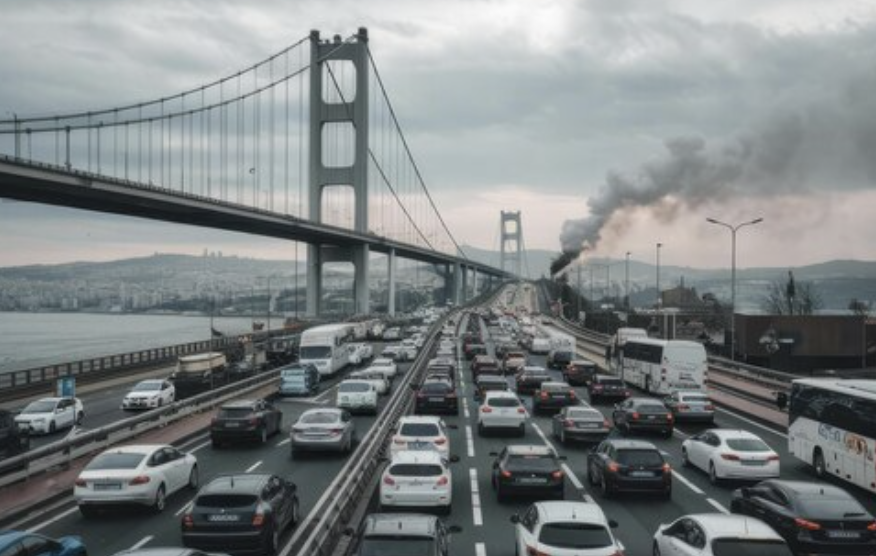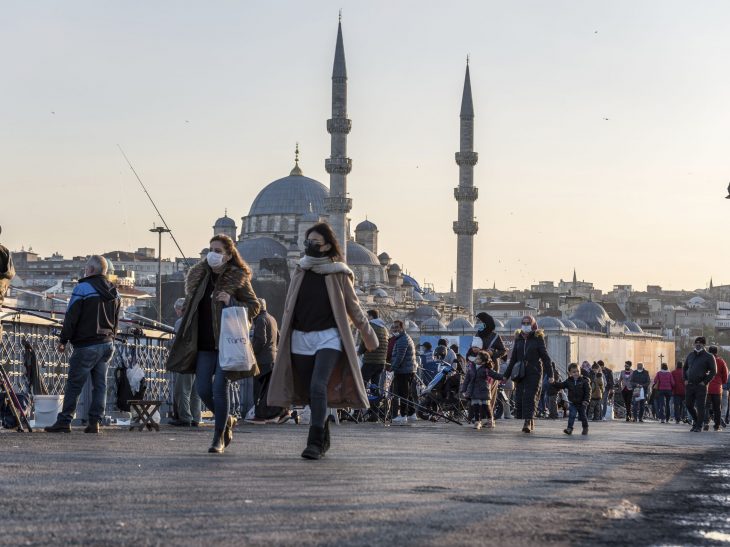Istanbul Ranks as the World’s Most Traffic-Blocked City in 2024
 Screenshot 2025-01-09 at 17.27.25
Screenshot 2025-01-09 at 17.27.25
Global mobility analytics firm Intrix has crowned Istanbul as the most traffic-congested city globally for 2024. According to the company’s Global Traffic Scorecard, drivers in Istanbul endured an average of 105 hours stuck in traffic over the year, marking a significant 15% increase in delays compared to 2023.
Trailing Istanbul, New York City and Chicago share second place, with motorists in these cities losing an average of 102 hours annually to gridlock. London claimed fourth place, with 101 hours spent in traffic, while Mexico City completed the top five, where drivers lost 97 hours annually.
Despite Istanbul’s global title, London retained its position as Europe’s most congested city for the second consecutive year, contributing to nearly half of the United Kingdom’s total traffic delays.
Tackling Global Traffic Woes
Efforts to alleviate traffic congestion are gaining momentum worldwide. In New York City, congestion pricing has been introduced in Manhattan’s busiest districts. Motorists passing through areas near landmarks like Times Square, Wall Street, and the Empire State Building are charged up to $9 during peak hours, with rates projected to rise to $12 by 2028 and $15 by 2031.
Istanbul is also considering a congestion pricing system, with Eminönü selected as a pilot region spanning six square kilometers. Once implemented, this initiative is expected to expand to other densely populated districts such as Kadıköy and Beyoğlu.
Under the proposed system, vehicles with higher environmental impacts would face steeper charges, while eco-friendly cars would enjoy reduced fees. To further combat pollution, Istanbul plans to establish low-emission zones, inspired by similar systems in London, Stockholm, Milan, and Singapore, where high-emission vehicles incur additional fees.
Innovation to Balance Mobility and Sustainability
As traffic congestion continues to hinder urban life, cities worldwide are embracing innovative solutions to enhance mobility while reducing environmental impacts. From congestion pricing to low-emission zones, these measures signal a growing focus on sustainability in transportation policy.






